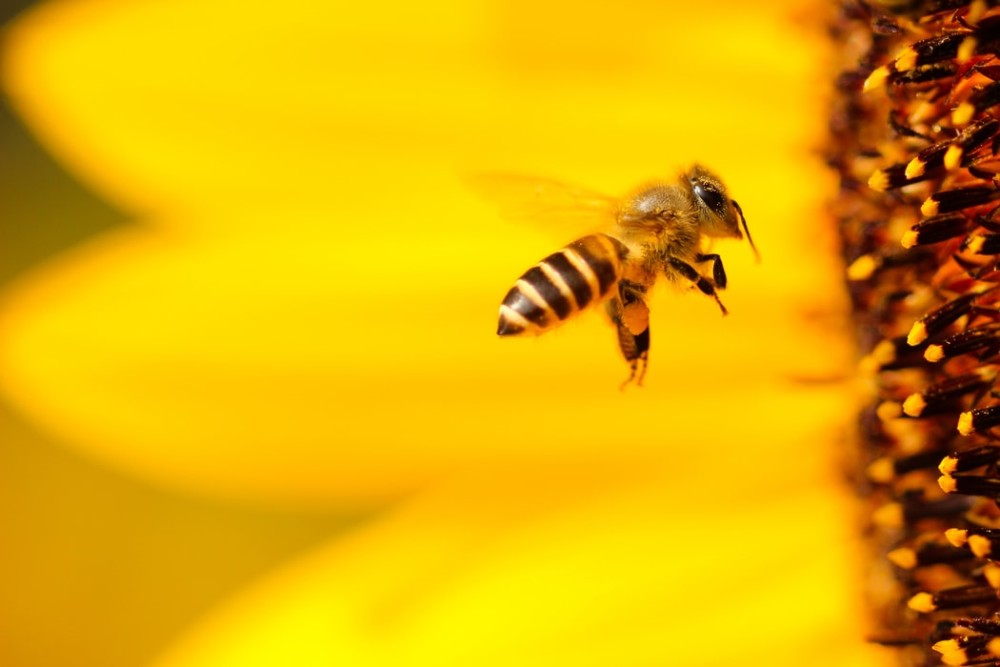Honeybees are able to navigate on water though with difficulty. A study analyzed their wingbeats and found they move using water waves.
Bees are fascinating with the unique features that help them maneuver while flying and how they navigate while flying. Bees can also float on water but if they did that, they would not be able to fly again because of the wet wings. Worse still is the fact that they are not strong enough to free themselves from the water surface.
How honeybees fly when trapped on the water
The bees are able to fly when trapped on the water by using their wings as hydrofoils. This helps them to surf out of the water bodies to dry land. This inability to get out of water bodies seems like a death sentence, however, this phenomenon was put to test by two researchers, Chris Roha and Morteza Gharib at the Caltech Graduate Aerospace Laboratories.
The researchers were able to collect honeybees, put them in a tube and push them one by one in a one to a two-inch water body. They then used a highspeed camera to record to observe the speed, strength, and frequency of the wingbeats. The light was also used in this experiment to highlight shadows and make it easier to see the patterns produced by the waves.
The honeybees were observed to be making shallower wingbeats than they do during flying. This creates asymmetric wave pattern that differs in front of and ahead of the bees. This phenomenon indicated that the bees were actually using these waves to kickup waves that would push them forward.
Long sustained journey on water bodies
This observation sheds light on how bees are able to maintain a long sustained journey on water bodies. The researchers, however, noted that this is not the preferred habitat of honey bees due to this difficulty in flying.
The study has some limitations though. They only modeled the most common features of the wing movement and failing to include models such as wing bending. Researchers also indicated that they did not put into consideration gravity.
The study will inspire the development of aerial aquatic vehicles which will mirror the characteristics of bees. This will further improve our transportation system, especially on shallow channels.
Feature image by Unsplash







